What is an Aquaculture Farm?
Why does the origin of your seafood matter? With wild fish stocks facing pressure, we need a better way. Aquaculture is the answer to ensuring a stable, sustainable supply for the future.
An aquaculture farm is a dedicated space for growing aquatic life, like fish, shellfish, and even seaweed, in a controlled environment. It’s essentially farming in water, a vital practice that provides a reliable source of seafood for a growing global population and eases the burden on our oceans.
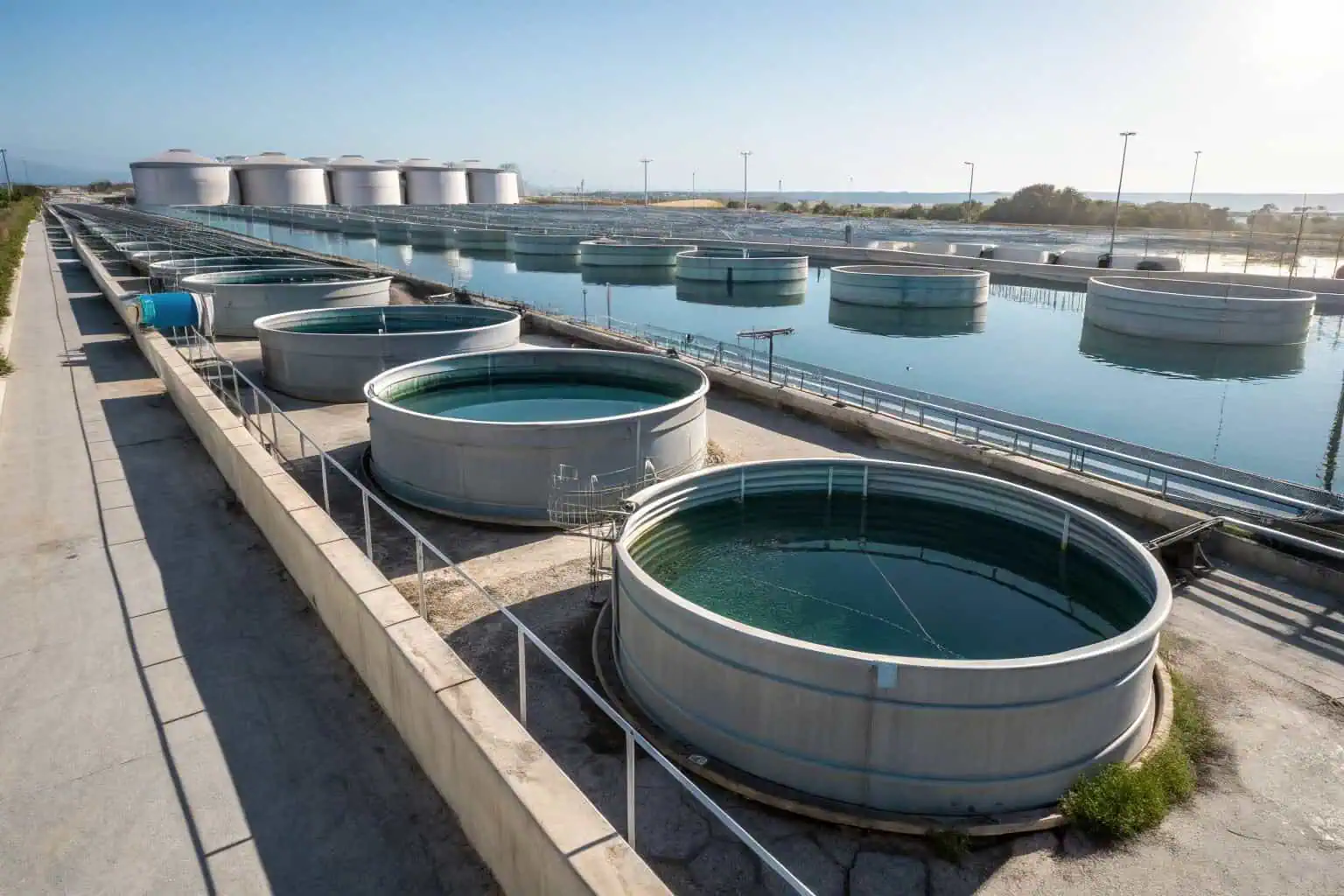
As someone who has been in the aquaculture industry for years, I've seen firsthand how it works. It's a field that blends nature with technology. We create specific habitats to raise healthy, high-quality seafood. This isn't just about big commercial operations; it can be as simple as a family using a small backyard pond. The goal is always the same: to cultivate aquatic resources responsibly. Now, let's dive deeper into what this really means.
What does an aquaculture farmer do?
Ever wondered who the farmers of our rivers and oceans are? Their work is far more complex than just feeding fish. They are the dedicated stewards behind the seafood on your plate.
An aquaculture farmer is a multi-talented professional who manages the entire life cycle of aquatic species. Their job involves everything from breeding and feeding to monitoring water quality, preventing diseases, and harvesting the final product. They are part scientist, part engineer, and part business manager.
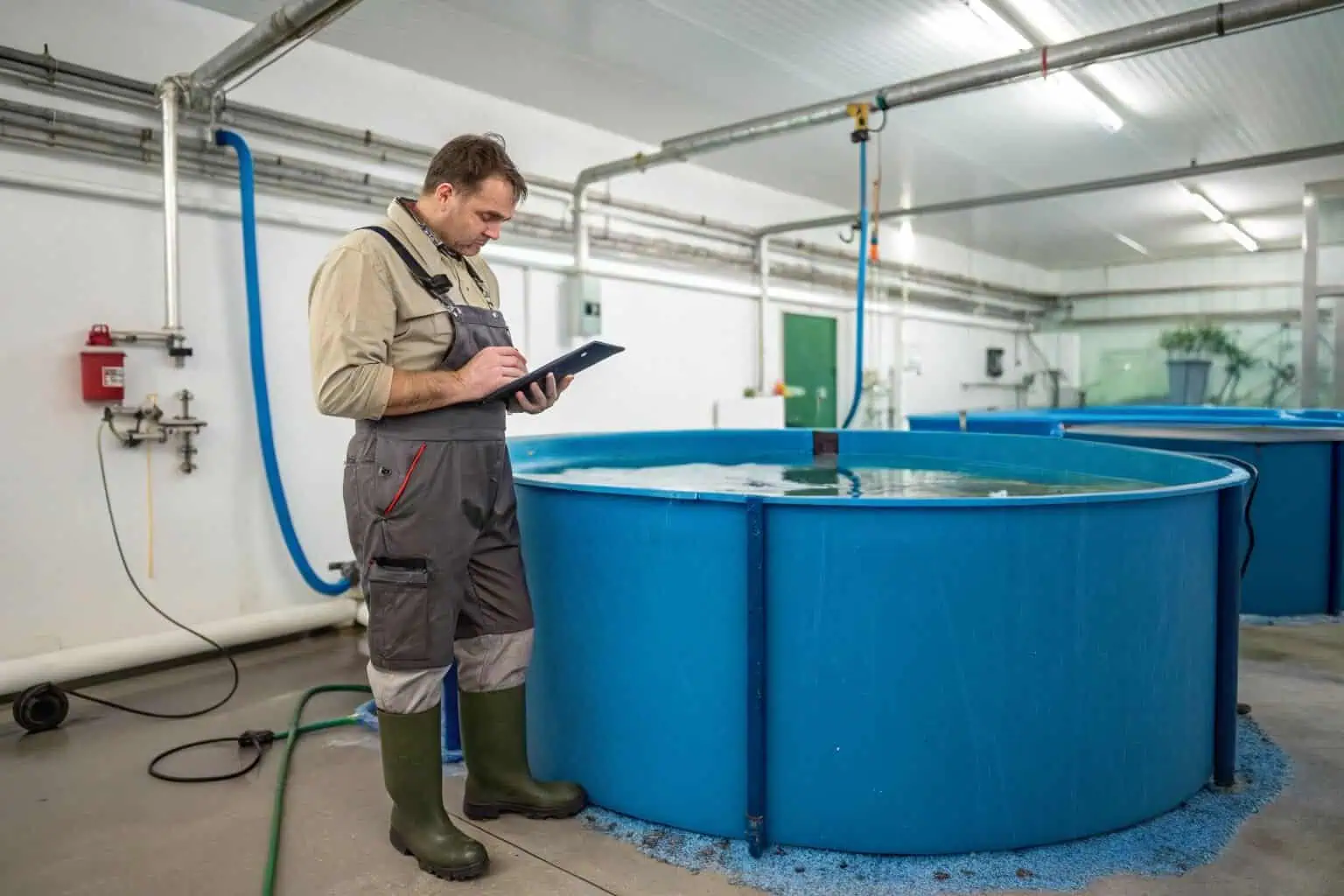
From my own experience, a day on the farm is never dull. It's a hands-on job that requires constant attention to detail. We are responsible for creating the perfect environment for our stock to thrive. This means managing complex systems and making quick decisions to solve problems as they arise. It's a challenging but incredibly rewarding career1.
Daily Responsibilities
My daily routine is a mix of science and practical tasks. I start by checking the water systems—pumps, filters, and oxygen levels. Then, I feed the stock, making sure the feed is right for their growth stage. A big part of my day is observation. I look for any signs of stress or disease, as early detection is key to preventing a larger outbreak. I also spend time maintaining equipment, like our durable galvanized pipe fish tanks2, which are the backbone of my operation.
Key Skills and Challenges
To succeed, a farmer needs a diverse skill set. A solid understanding of biology and water chemistry is essential. You also need to be practical and good with your hands to fix equipment. One of the biggest challenges I face is disease management3. Aquatic animals can be fragile, and a single pathogen can cause significant losses. Another constant concern is the environmental impact. We work hard to manage waste and ensure our farm doesn't harm the local ecosystem. It's a balancing act that requires continuous learning and adaptation.
| Key Responsibilities | Necessary Skills | Common Challenges |
|---|---|---|
| Feeding and Nutrition4 | Biology & Animal Husbandry | Disease Outbreaks |
| Water Quality Monitoring | Water Chemistry & Analysis | Environmental Impact |
| Equipment Maintenance | Mechanical & Engineering | Market Price Fluctuations |
| Breeding and Harvesting5 | Data Management & Logistics | Predator Control |
What's the difference between aquaculture and fish farming?
Do you use the terms "aquaculture" and "fish farming" to mean the same thing? Many people do, but this can be misleading. Understanding the distinction helps you see the true scope of farming our waters.
Fish farming is a specific type of aquaculture that focuses only on raising fish, such as salmon or tilapia. Aquaculture is the broader, all-encompassing term for farming any aquatic organism. This includes not just fish but also shellfish, crustaceans, and even aquatic plants like seaweed.
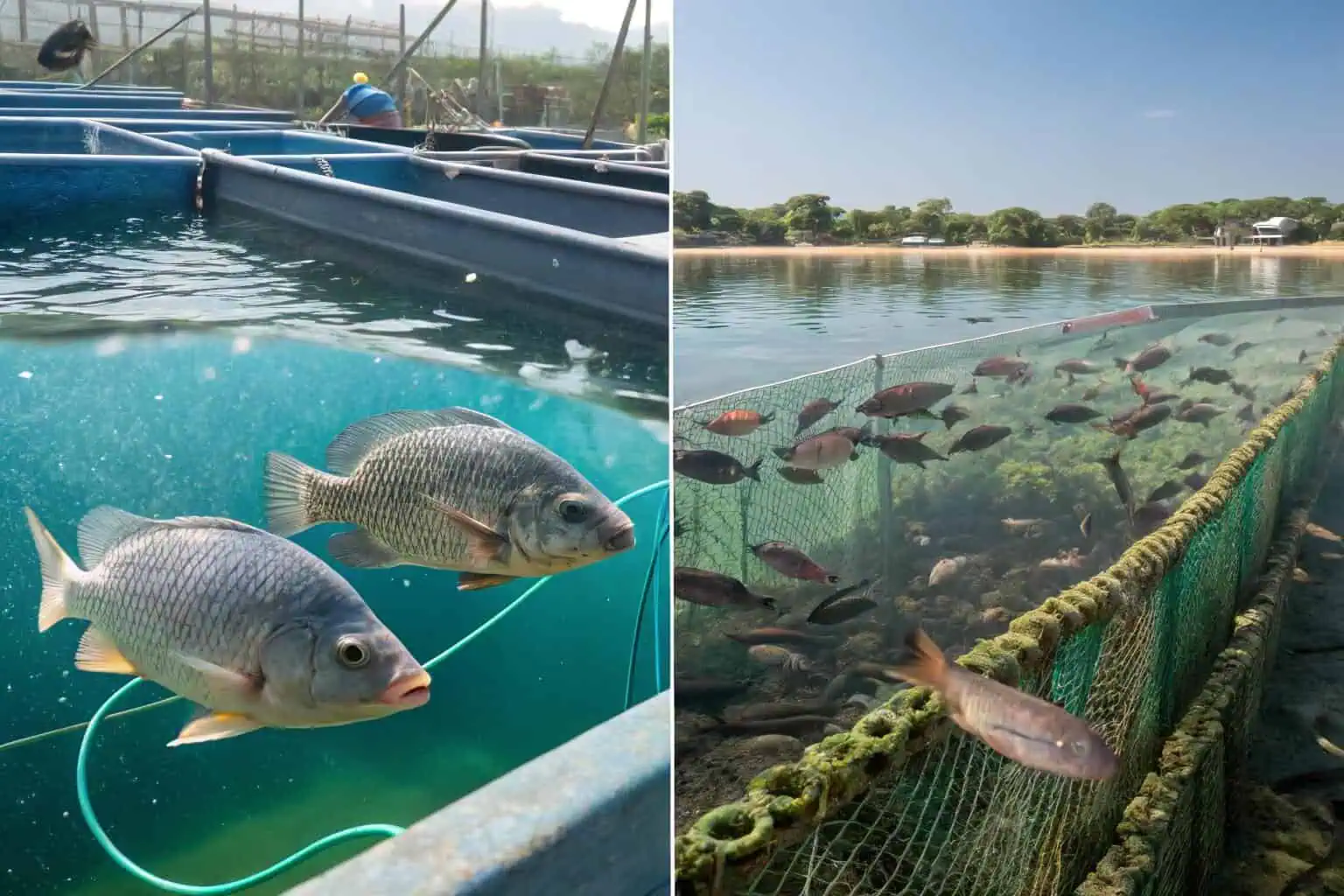
Think of it this way: all fish farming6 is aquaculture, but not all aquaculture is fish farming. In my work, I've dealt with various forms of aquaculture. While my main focus might be fish, I've also seen operations dedicated to oysters, shrimp, and kelp. This diversity is one of the most exciting things about the industry and is key to its potential.
The Broad Scope of Aquaculture
Aquaculture is a vast field. It covers everything from raising mussels on ropes in the open ocean to growing shrimp in inland ponds. It also includes cultivating seaweed, which is used in food, cosmetics, and fertilizers. This variety allows us to produce a wide range of products and adapt to different environments. For example, some systems integrate multiple species, where the waste from one organism becomes food for another, creating a more sustainable, closed-loop system7.
Fish Farming: A Specialization
Fish farming is the most well-known part of aquaculture. It can be done in different types of enclosures, from net pens in coastal waters to land-based tanks. As a provider of aquaculture equipment8, I've supplied everything from large, permanent galvanized sheet tanks for commercial farms to smaller, collapsible plastic fish tanks for hobbyists. The choice of system depends on the species, the scale of the operation, and the local environment. It's a specialized practice that requires deep knowledge of the specific fish being raised.
| Feature | Fish Farming | Aquaculture (General)9 |
|---|---|---|
| Organisms | Exclusively fish (e.g., trout, catfish) | All aquatic life (fish, clams, shrimp, seaweed) |
| Scope | A specific branch | The entire industry |
| Example | Raising tilapia in a pond10 | Farming oysters on longlines or growing kelp in the sea |
What is an example of aquaculture?
Having trouble picturing what an aquaculture farm looks like? The reality is more varied and innovative than you might imagine. It's happening all around us, in oceans, on land, and even in backyards.
A classic example is salmon farming, where fish are raised in large net pens in coastal ocean waters. Another is shrimp farming in extensive inland ponds. On a smaller scale, using a collapsible fish tank in a greenhouse to raise tilapia for a local market is also a perfect example of aquaculture in action.
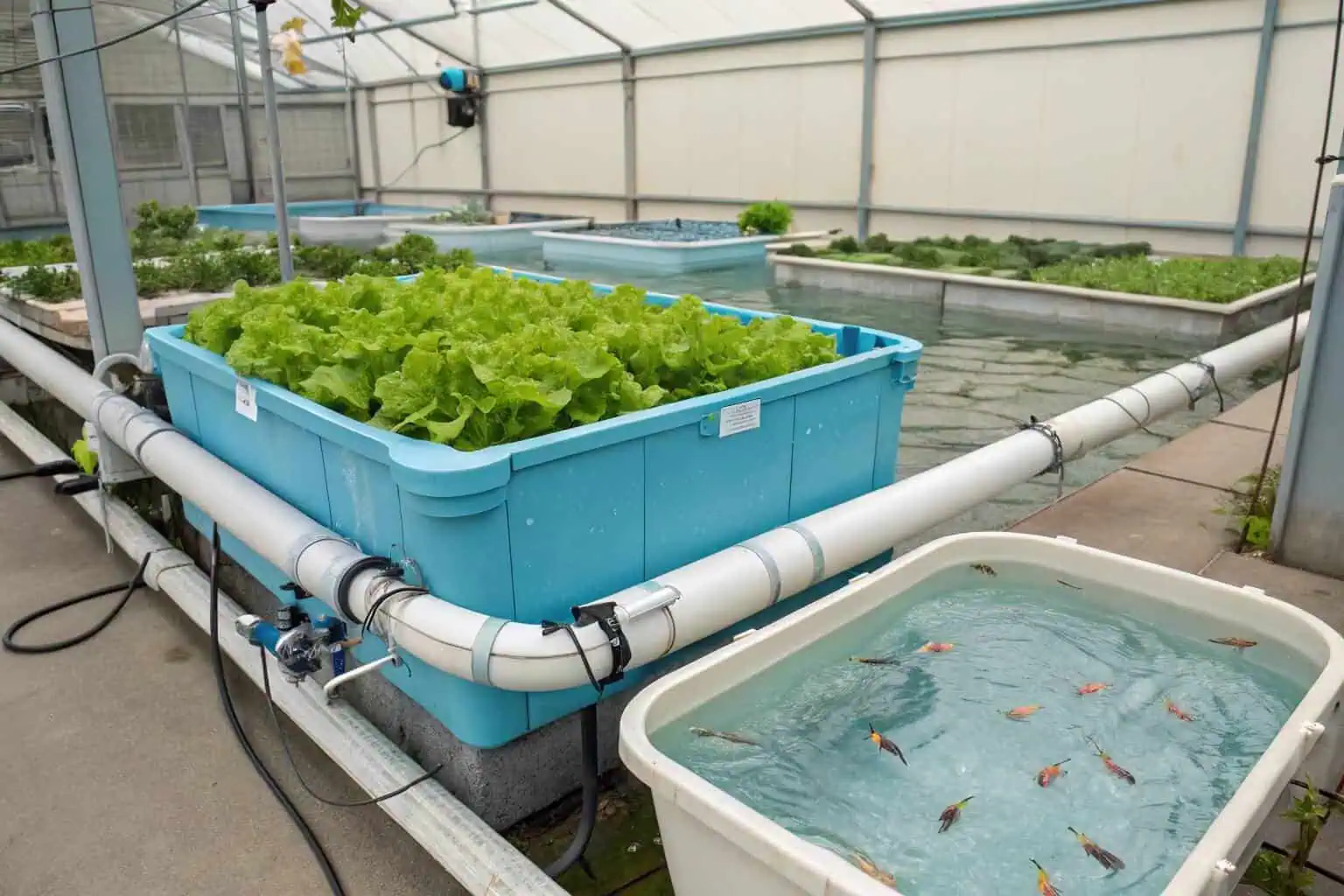
I've personally helped set up many different types of aquaculture projects. From large-scale commercial farms that need robust, high-capacity tanks to small, family-run operations that value flexibility and ease of use11. The beauty of modern aquaculture is its adaptability. With the right equipment, almost anyone can start cultivating aquatic life.
Land-Based Systems
Many aquaculture operations are now moving onto land to have more control over the environment. This is where products like our galvanized tanks shine. Farmers use these sturdy, corrosion-resistant tanks to create closed-containment systems12. In these systems, water is filtered and recirculated, which reduces water usage and minimizes the risk of escapees or pollution. This is perfect for raising species sensitive to environmental changes and for farming in areas far from the coast.
Open-Water Systems
Open-water aquaculture is the more traditional method. This includes net pens for fish13 in the sea and longlines for mussels and oysters. While these systems benefit from natural water flow, they are also more exposed to storms, predators, and disease from the wild. The success of these farms depends heavily on choosing the right location with good water quality and protection from the elements.
Integrated Systems
One of the most exciting areas of innovation is integrated aquaculture14, like aquaponics. In these systems, the nutrient-rich water from a fish tank is used to fertilize plants grown hydroponically. The plants, in turn, clean the water for the fish. I've seen our portable frame fish ponds become the heart of highly efficient aquaponics setups in greenhouses. It's a smart, sustainable way to produce both fish and vegetables with minimal waste.
| Innovation Area | Description | Key Benefit | Example Application |
|---|---|---|---|
| Integrated Aquaculture15 | Combining fish farming (aquaculture) with plant cultivation (hydroponics), like in aquaponics. | Efficient use of nutrients, minimal waste. | Portable frame fish ponds in greenhouse aquaponics setups. |
| Aquaponics | Specific integrated system where fish tank water fertilizes hydroponically grown plants, which clean the water. | Synergistic production of fish and vegetables. | Utilizing portable frame fish ponds as the core component. |
Is aquaculture a good or bad thing?
There are so many conflicting stories about aquaculture. Is it a sustainable solution to world hunger, or does it harm our planet? The truth is, it's not that simple. The answer depends entirely on how it's done.
Aquaculture holds immense potential for good. When managed responsibly, it provides a sustainable source of healthy protein and reduces pressure on overfished wild populations. However, when practiced poorly, it can lead to water pollution, habitat destruction, and the spread of disease. Responsible management is the key.
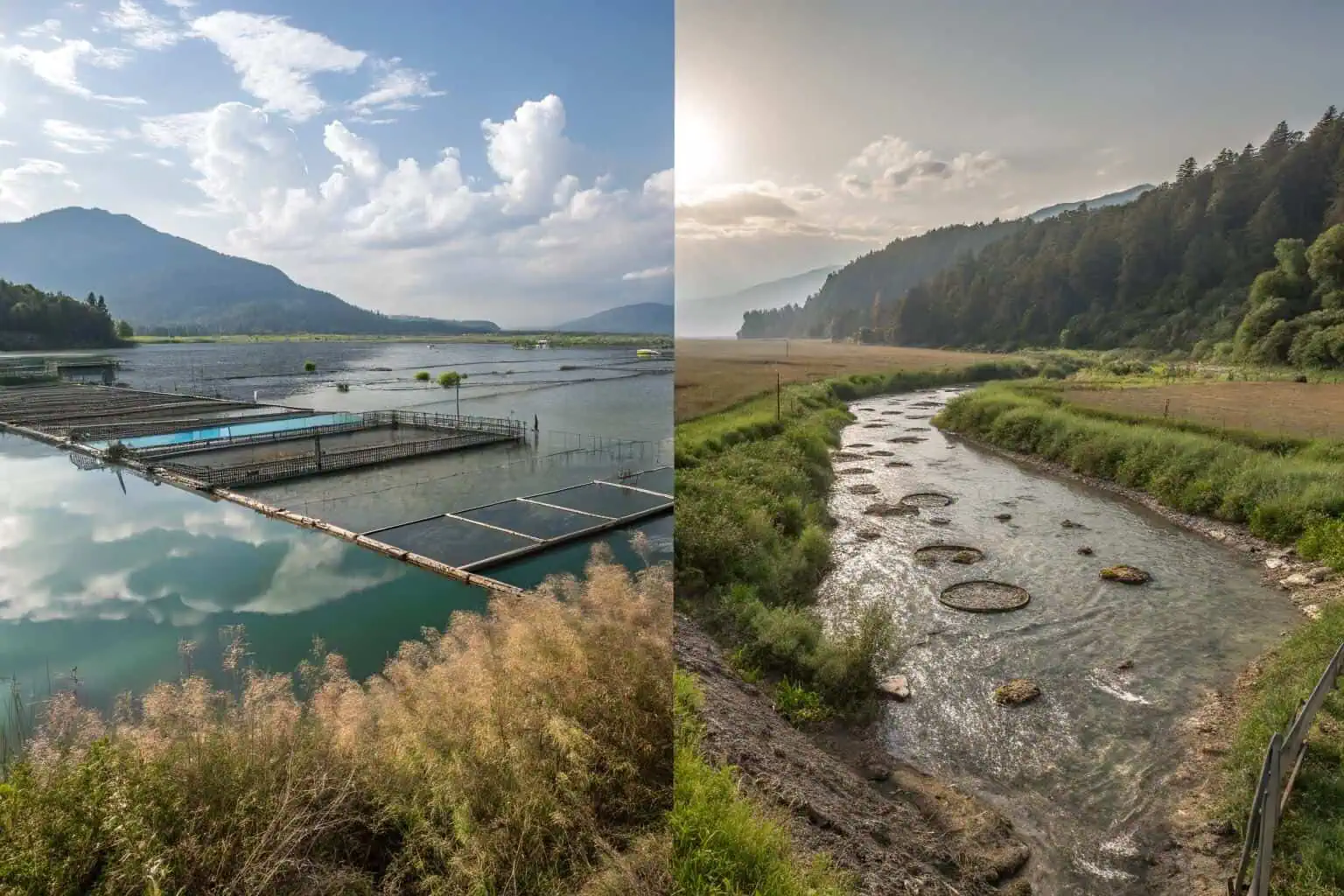
In my years in this business, I've seen both sides. I've witnessed farms that operate in harmony with nature, and I've seen others that cut corners and cause damage. This is why I am so passionate about providing high-quality, durable equipment and sharing best practices. We have the tools and the knowledge to make aquaculture a force for good16. It's a choice we have to make every day.
The Bright Side: Benefits of Aquaculture
Sustainable aquaculture offers clear benefits. It is an incredibly efficient way to produce protein. Fish are cold-blooded, so they don't waste energy maintaining body temperature, which means more of their feed converts into body mass. This makes them a more efficient protein source than chicken or beef. Furthermore, by farming seafood, we can allow wild populations to recover. It also creates jobs in coastal and rural communities, supporting local economies17. With innovations in feed and technology, the industry is constantly becoming more sustainable.
The Challenges: Environmental and Ethical Concerns
However, we can't ignore the challenges. Poorly managed farms can release excess nutrients and waste into the water, causing algal blooms that harm marine life. If farmed fish escape, they can compete with or spread diseases to wild populations. There are also concerns about the use of wild-caught fish as feed for some carnivorous species. But I am optimistic. The industry is actively working on solutions, such as developing plant-based feeds and creating better containment systems. As consumers become more aware, they are driving demand for sustainably certified seafood18, pushing the entire industry in the right direction.
| Pros of Responsible Aquaculture19 | Cons of Poorly Managed Aquaculture |
|---|---|
| Reduces pressure on wild fish | Can cause water pollution |
| Highly efficient protein source20 | Risk of disease spread |
| Creates jobs and supports economies | Potential for habitat damage |
| Can be done with low carbon footprint | Use of wild fish for feed |
Conclusion
Aquaculture is a vital and complex field. It offers a powerful solution for feeding our world sustainably, but it comes with great responsibility to protect our precious aquatic environments.
-
Discover why many consider farming a fulfilling career despite its challenges, providing a deeper appreciation for the profession. ↩
-
Galvanized pipe fish tanks offer durability and efficiency. Learn why they are essential for your aquaculture setup. ↩
-
Explore this resource to learn about innovative disease management techniques that can help protect aquatic animals and improve farm sustainability. ↩
-
Explore this link to learn effective strategies for optimizing animal feeding and nutrition, crucial for livestock health and productivity. ↩
-
Stay updated on innovative breeding and harvesting methods that can enhance yield and sustainability in farming practices. ↩
-
This link will provide insights into the specific practices and issues related to fish farming, enhancing your knowledge of the industry. ↩
-
Understanding this concept can help you learn about innovative practices that enhance sustainability in aquaculture. ↩
-
Explore this link to find top suppliers and innovative solutions for aquaculture equipment, enhancing your fish farming experience. ↩
-
Learn about aquaculture's role in food production and environmental sustainability, crucial for future food security. ↩
-
Discover effective techniques for tilapia farming, ensuring a productive and sustainable aquaculture practice. ↩
-
Discover how flexibility and ease of use can enhance aquaculture operations, making them more efficient and user-friendly. ↩
-
Learn about closed-containment systems and their role in efficient aquaculture, helping to conserve water and protect sensitive species. ↩
-
Learn about the functioning of net pens for fish in aquaculture, which is crucial for understanding fish farming techniques. ↩
-
Explore this link to understand the principles and benefits of integrated aquaculture systems, which are revolutionizing sustainable farming. ↩
-
Explore the advantages of Integrated Aquaculture for sustainable farming practices and efficient resource use. ↩
-
Discover how aquaculture can positively impact the environment and contribute to sustainable food production by exploring this resource. ↩
-
Learn how aquaculture creates jobs and boosts local economies, especially in coastal and rural areas. ↩
-
Exploring this resource will provide insights into how sustainably certified seafood supports marine life and promotes responsible fishing practices. ↩
-
Explore the advantages of responsible aquaculture, including its role in sustainability and economic support. ↩
-
Discover why aquaculture is a key player in providing sustainable protein and its benefits for food security. ↩